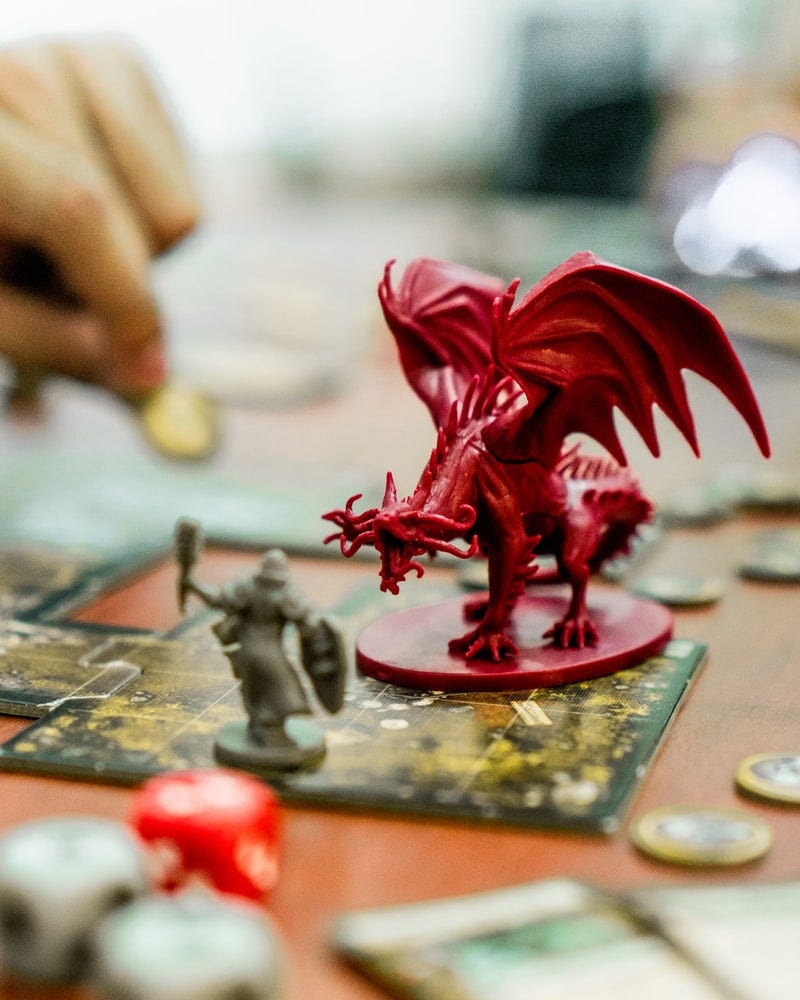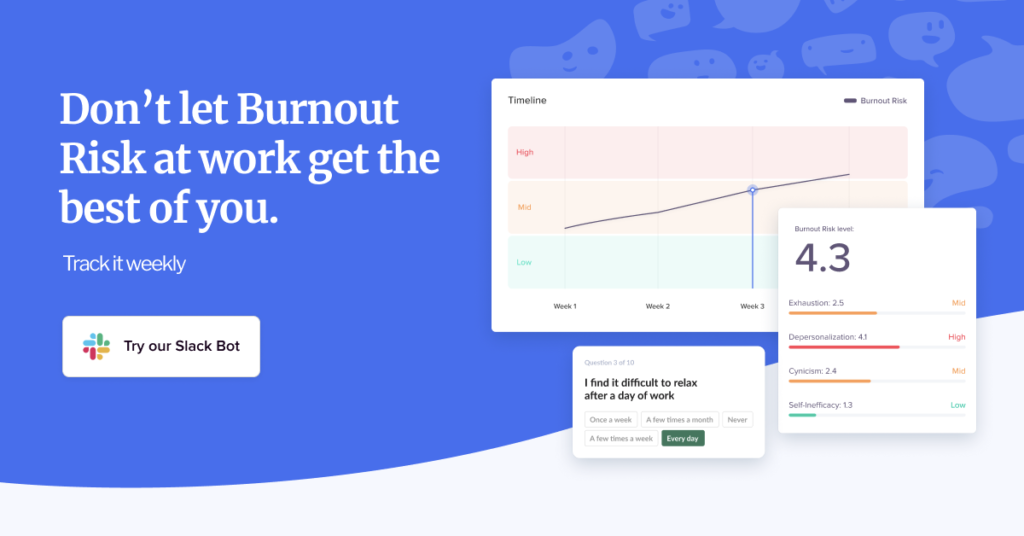Evangelina Martinez was one of the first hires at Mulesoft Argentina, starting as a Software Engineer almost 10 years ago and now leading teams in her role as Director of Engineering. Mulesoft offers the most widely used integration platform for connecting SaaS & Enterprise applications in the cloud and on-premise and was acquired in 2018 by Salesforce for $6.5 billion, becoming the largest deal in the company’s history up to that point.
She shared with us the weapons she discovered in her transition from Individual Contributor to Engineering Manager. This is what she told us.

You know these games where you have a set of weapons or a kit with items that will be crucial to help you win a battle or get you to the end of your quest?
Well, I felt as if I was playing this game and I was doing pretty well, I had all these weapons that I had collected along the way, I was reaching the end of the level, and all of the sudden, this hidden door appears. And I am faced with a decision, should I open that mysterious door and change paths? Or should I continue up this road? My avatar is there, waiting for my input.
After some consideration, I choose the door. The title of my character changes to Engineering Manager, there are new battles ahead and where all my weapons used to be, there is now.. a tiny spoon.
These series of articles are my attempt to share with you some of the weapons I discovered in this new journey if you also choose the door: Team Awareness, Delegation, One on Ones, Feedback, Self Awareness, Strategic Planning, Effective Communication, Influence and Emotional Intelligence.
But before we get there, you need to acknowledge the fact that the rules of the game changed the moment you crossed that door, your role has changed, your challenge now is to lead your team to success and your weapons are now the tools or skills you will need to accomplish it.
Eng Manager Weapon #1: Team awareness

I consider this one a foundational weapon, and as such, this is one of the first aspects where you need to put all your attention.
As the Engineering Manager of the team you are not only responsible for your team’s results, but also for supporting the career development of each of its members. You can’t be successful on either without really knowing your team. But what do I mean by ‘really’? Let’s split this one in two: results and career development.
There are multiple factors that you need to consider if you want to maximize the outcome of your team. If we go back to the games analogies, you were given a mission and a set of cards, each one containing a list of strengths and weaknesses (This is of course simplifying things, and by no means I’m comparing a person to a static card, but bear with me for the sake of the example). How strong your hand is, depends on the sum of all your cards.
I like this analogy because it makes you think of your team as a whole and how their characteristics balance out. The strength of someone will not only make up for someone else’s weakness but will also represent a leverage, an opportunity to teach and learn. It also represents another reality, as individuals, we don’t and won’t excel in everything. The power of a team relies on how it maximizes the strengths of its members and how these strengths align with the goals that have been set. This is one of the key characteristics of high performing teams.
Let’s go to an example, let’s say you have someone on your team that is capable of solving very complex problems, it is easy for this person to identify multiple solutions and see their pros and cons, however it is hard for him to decide which is the best one and push for it. On the other hand you have someone that is decisive, a problem solver, and has a good understanding of the business, but that’s not so detail oriented or knowledgeable to identify all the trade offs. By having both of them working together, they will challenge the options and select one with conviction that they are making a well thought out decision.
If they were to work separately, it might take longer for the first team member to select one solution and, even then, he might not have great confidence about his selection. As for the latter, she might get things done, but she could miss an important consequence or limitation about the solution that she proposed.
We could extend this example in several ways. Now that they have a proposal, they could struggle to break it down into an executable plan, or to get the buy in from the rest of the team and other stakeholders, or fail at ensuring the dependencies are on track, or to adapt the plan if there are complications. There are many strengths that could improve the outcome of this example: good planning, adaptability, effective communication, collaboration.
In his book, Start with Why, Simon Sinek talks about the partnership of two different types of people, the Why type and the How type. The Why types are the visionaries, the ones focusing on the future, that think everything can be accomplished. The How types, on the other hand, are the ones that get things done, that live in the present. One has a vision, the other one can make it a reality. This is another example of combining talents to have better results. In the book, Simon shares examples of some of these successful partnerships: Walt and Roy Disney, Steve Jobs and Steve Wozniak, Bill Gates and Paul Allen.
By having a diverse team with diverse strengths and points of view, not only the results will be better, but the team members will learn from each other (which will also lead to better results). Looking for individuals that have all the strengths is extremely hard, but building a team where those strengths are present and where team members have a growth mindset is not.
When we hire, we should know what talents we are looking for and be aware of our own biases. One bias we should watch out for is the similarity bias, that, as its name indicates, it’s to favor people that is similar to us. You can tell you have this bias when you have a team of mini-mes. As an example, consider a team that favors harmony and where team members are uncomfortable providing negative feedback. It will be hard for this team to challenge each other and foster productive conflict.
In her book, The Making of a Manager, Julie Zhuo’s advice is to design your team intentionally by planning ahead. One exercise she does is to map out where her team might be by the end of the year. She does this by asking herself the following questions:
- How many new people will I add to my team based on company growth, expected attrition, budget and priorities?
- For each new hire, what level of experience am I looking for?
- Which specific skills or strengths do we need in our team? For example, creative thinking, operational excellence, expertise in XYZ…
- Which skills and strengths does our team already have that new hires can stand to be weaker in?
- What traits, past experiences or personalities would strengthen the diversity of our team?
Even if the composition of your team remains similar, it helps to have a clear picture of what your team should look like.
Your other responsibility lies in the career development of your reports. I want to make a pause here, I am a strong believer that the main responsible for an individual’s career development is the individual themself. However, it is the Engineering Manager who will support this growth. Who will ask, challenge, listen, advise, evaluate, delegate and accompany this growth. Who will try to identify the strengths, weaknesses, style, motivations, aspirations.
One mistake that we usually make as managers is to focus more on improving the weaknesses than developing the strengths of our reports. In the book, First Break All the Rules, Gallup presents the result of a study of more than 80,000 managers revealing that the best managers motivate people by focusing on their talents, by having them do what they are naturally wired to do. This doesn’t mean that we shouldn’t focus on what they have to improve as well, we should, but our main goal should be to maximize the opportunities to use their strengths by positioning them in roles where they can do what they do best.
People might not be aware of their talents or how to get the most out of them, it is on us to help them discover their strengths and find the opportunities for them to apply and develop them.
This weapon is powerful and it’s the foundation for much of the work you will be doing as an Engineering Manager. Be aware of your team as a whole, be aware of your team as individuals.
If you got to this point, our character has now one weapon and a tiny spoon. That’s not that bad, but we still have many weapons to collect if we want to help our Engineering Manager win their battles. In Part 2 of this series, we will discover a new weapon: Delegation.
Bonus: You’ve made it this far down the page, you do care about these issues, you understand how important it is to correctly lead a team, and so do we, and we’re psyched to be in this community with you. We created this 4-step guide that will provide you with concrete and actionable advice to start your journey towards happier and more productive teams. You can download it here for free.



